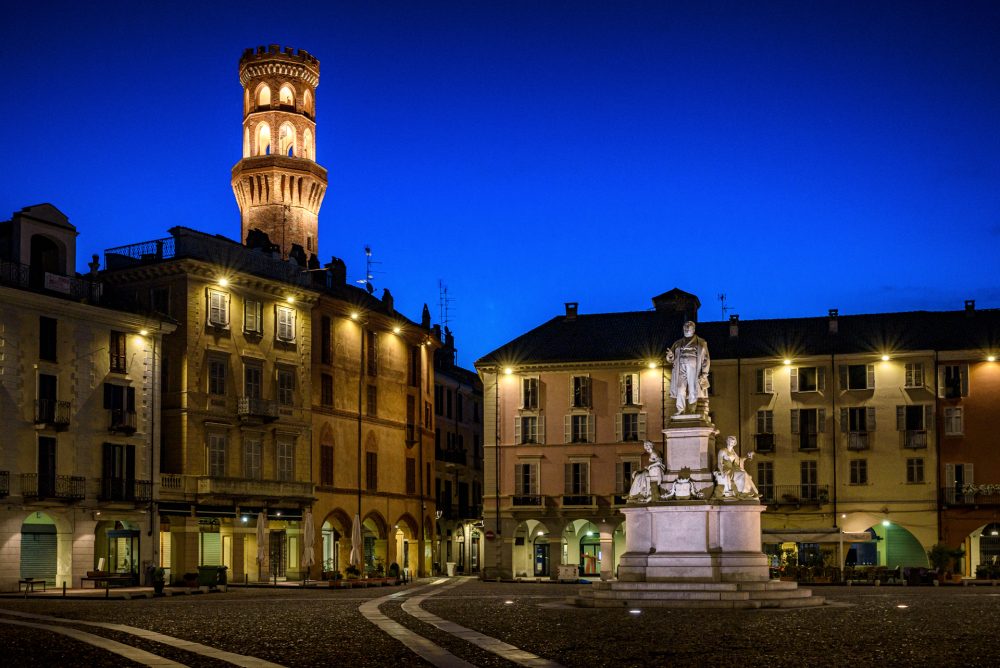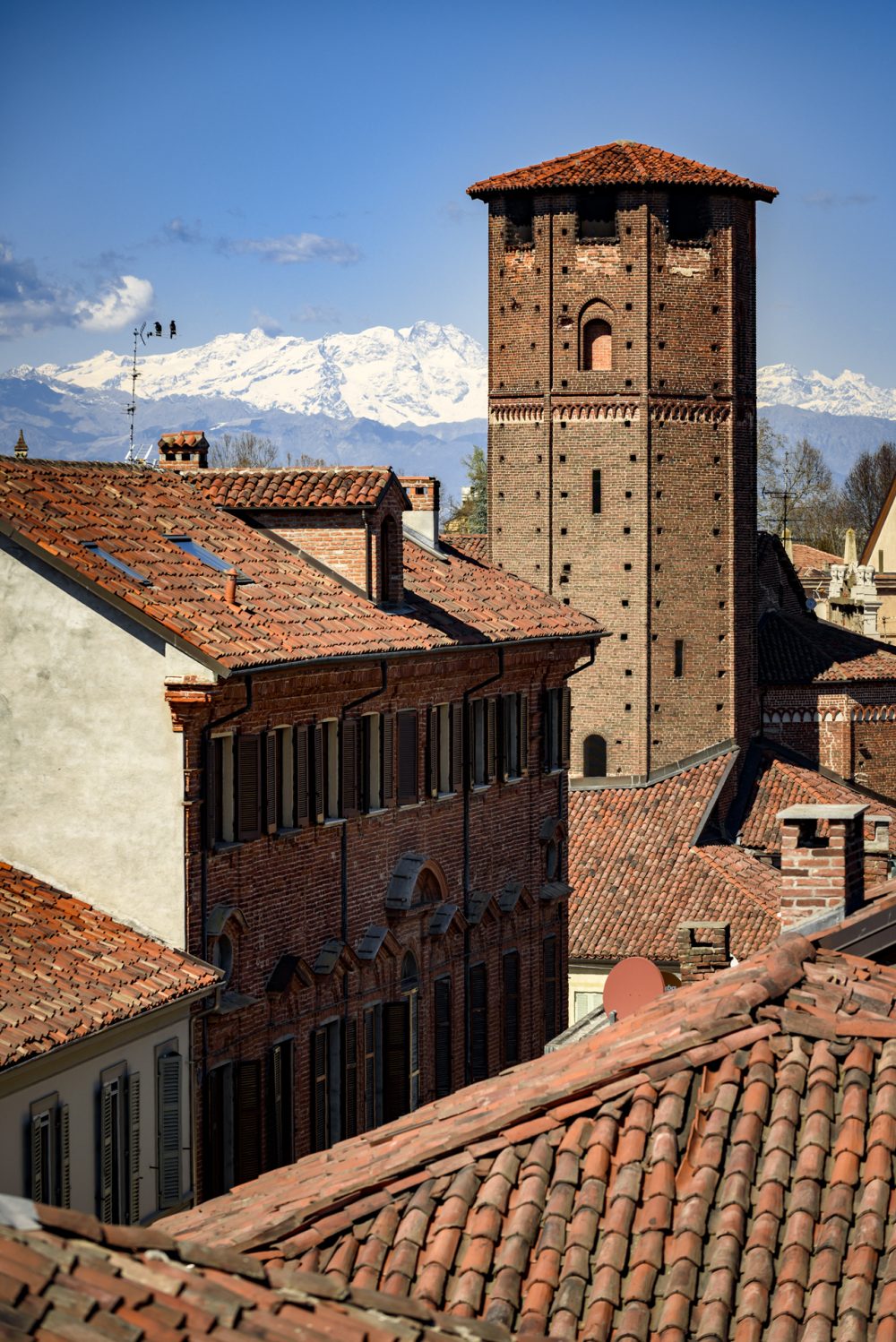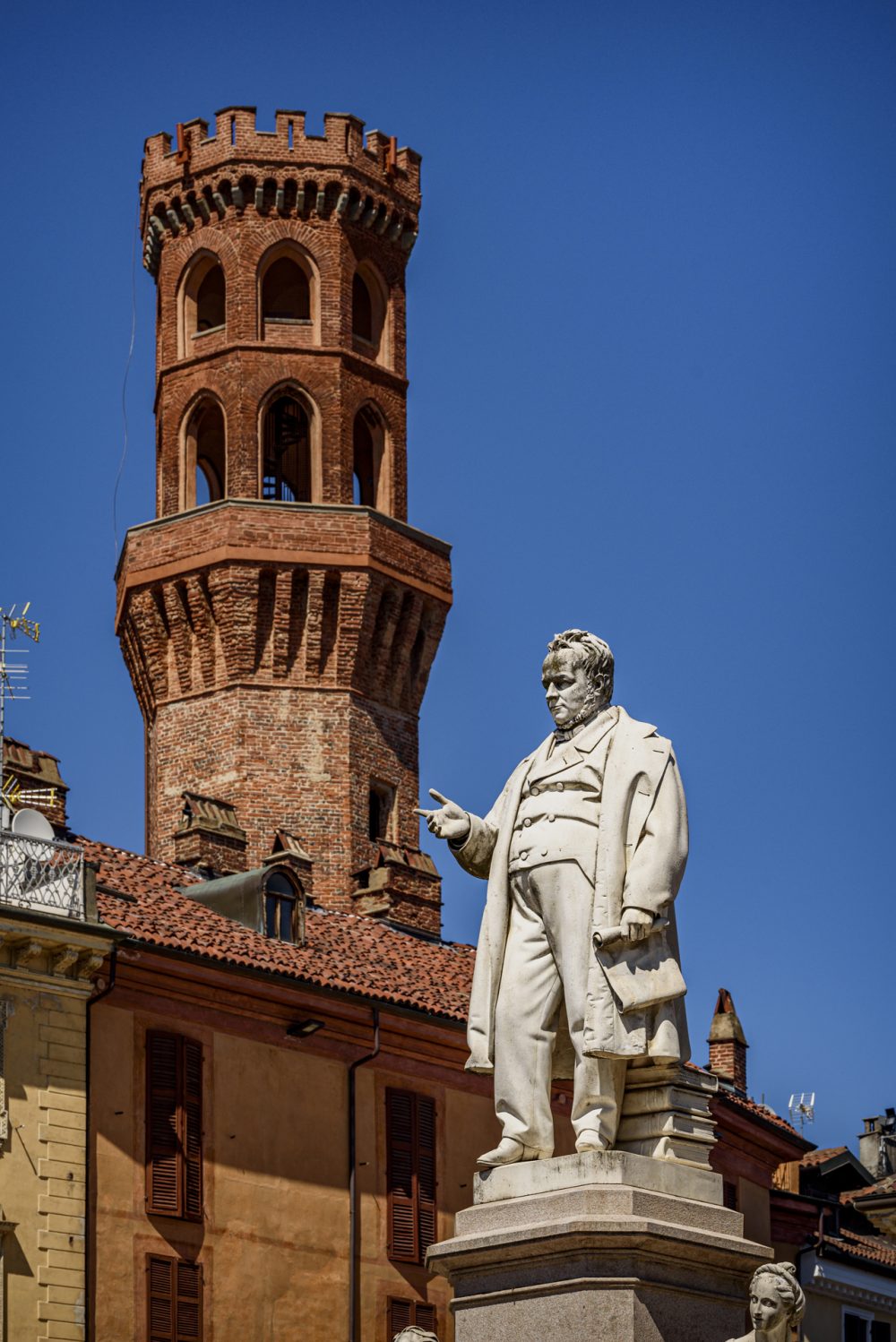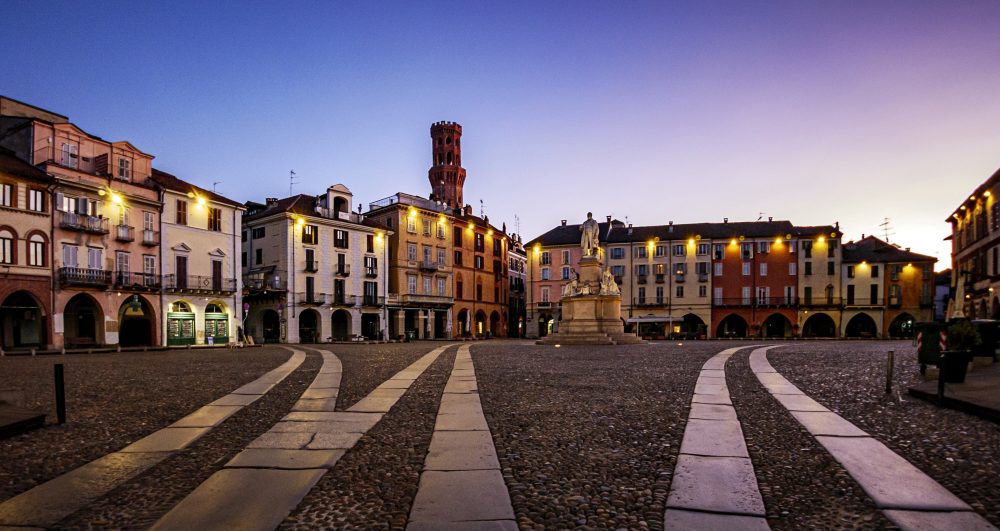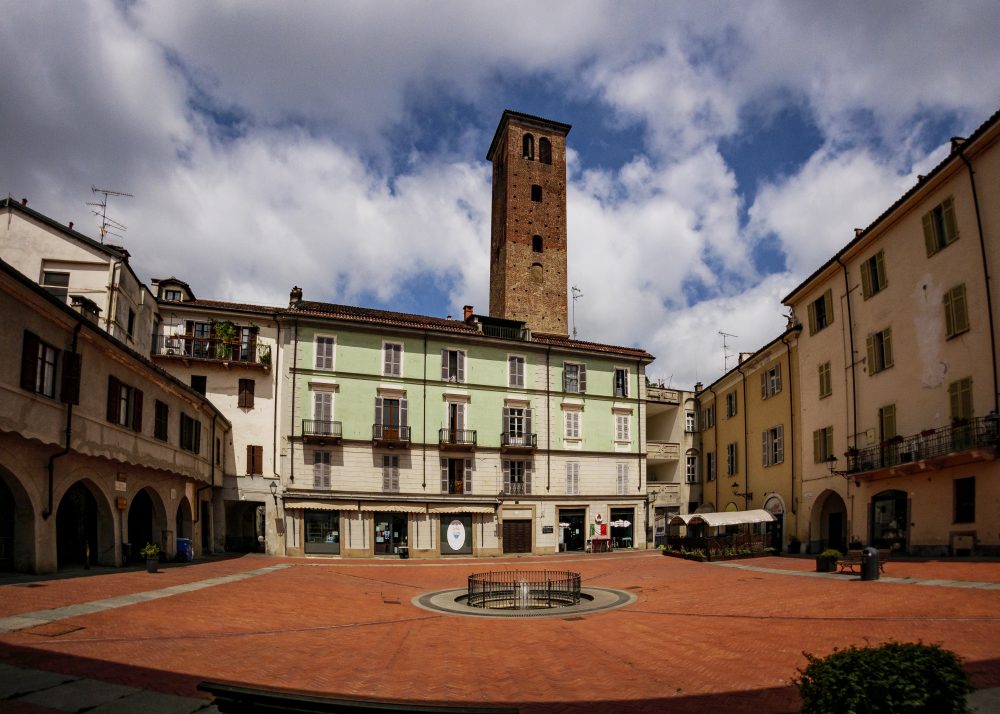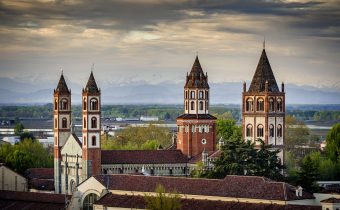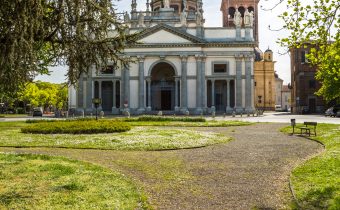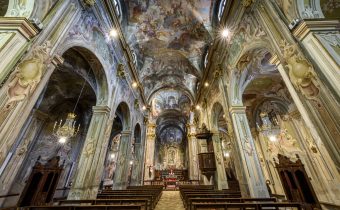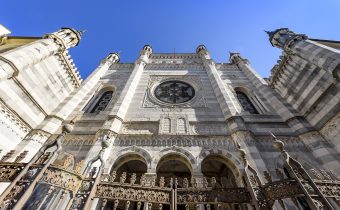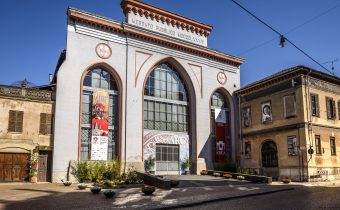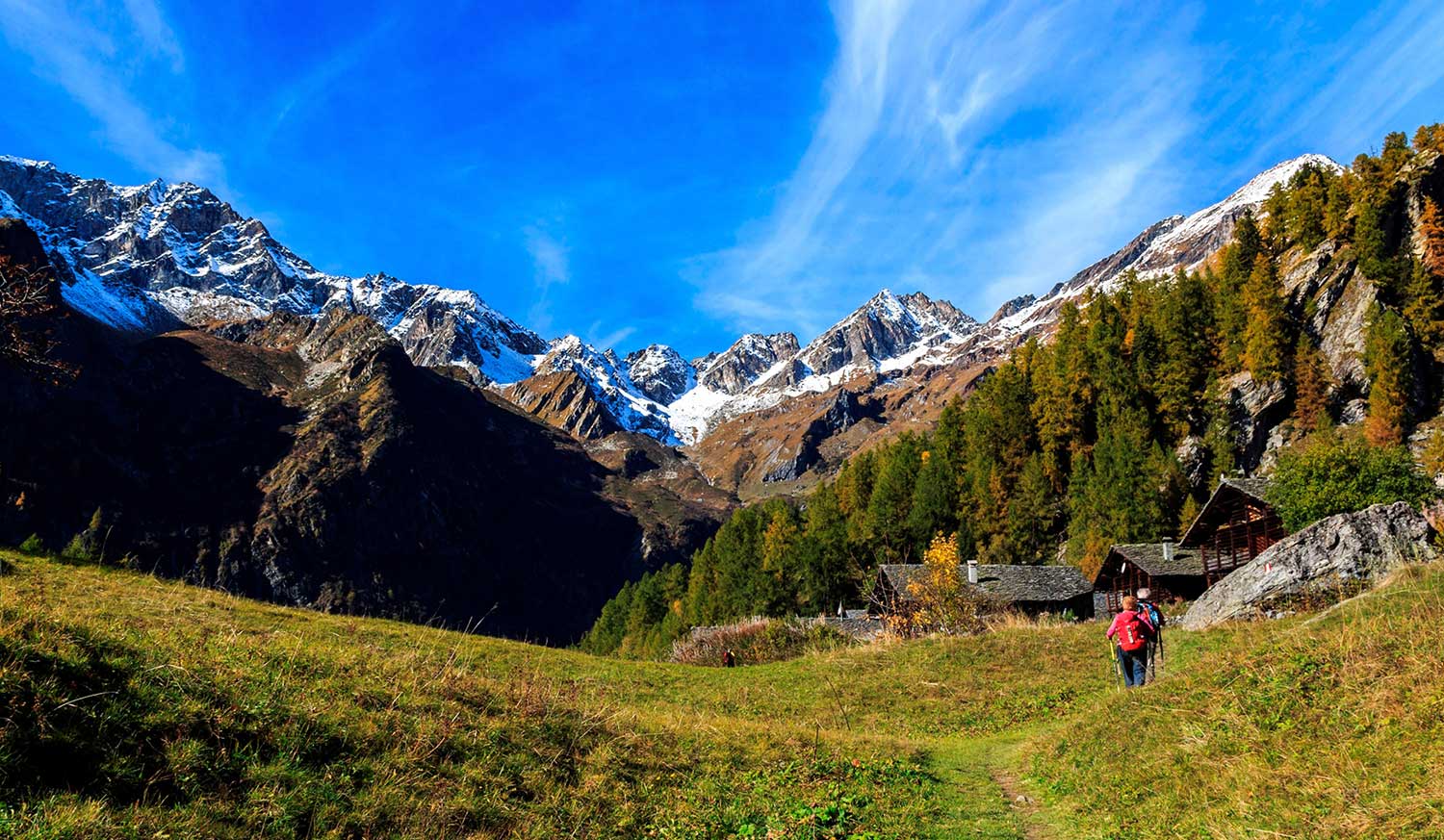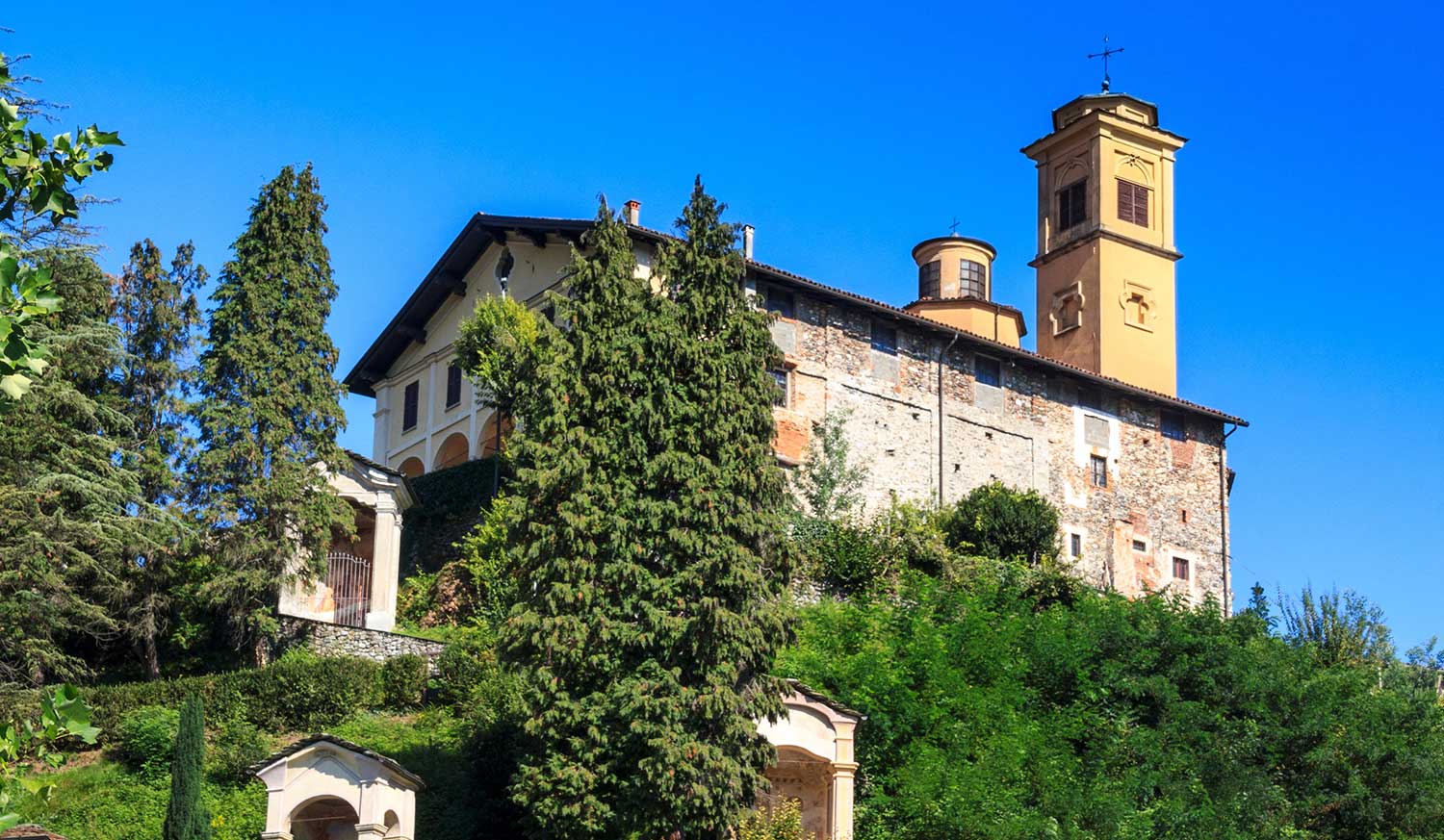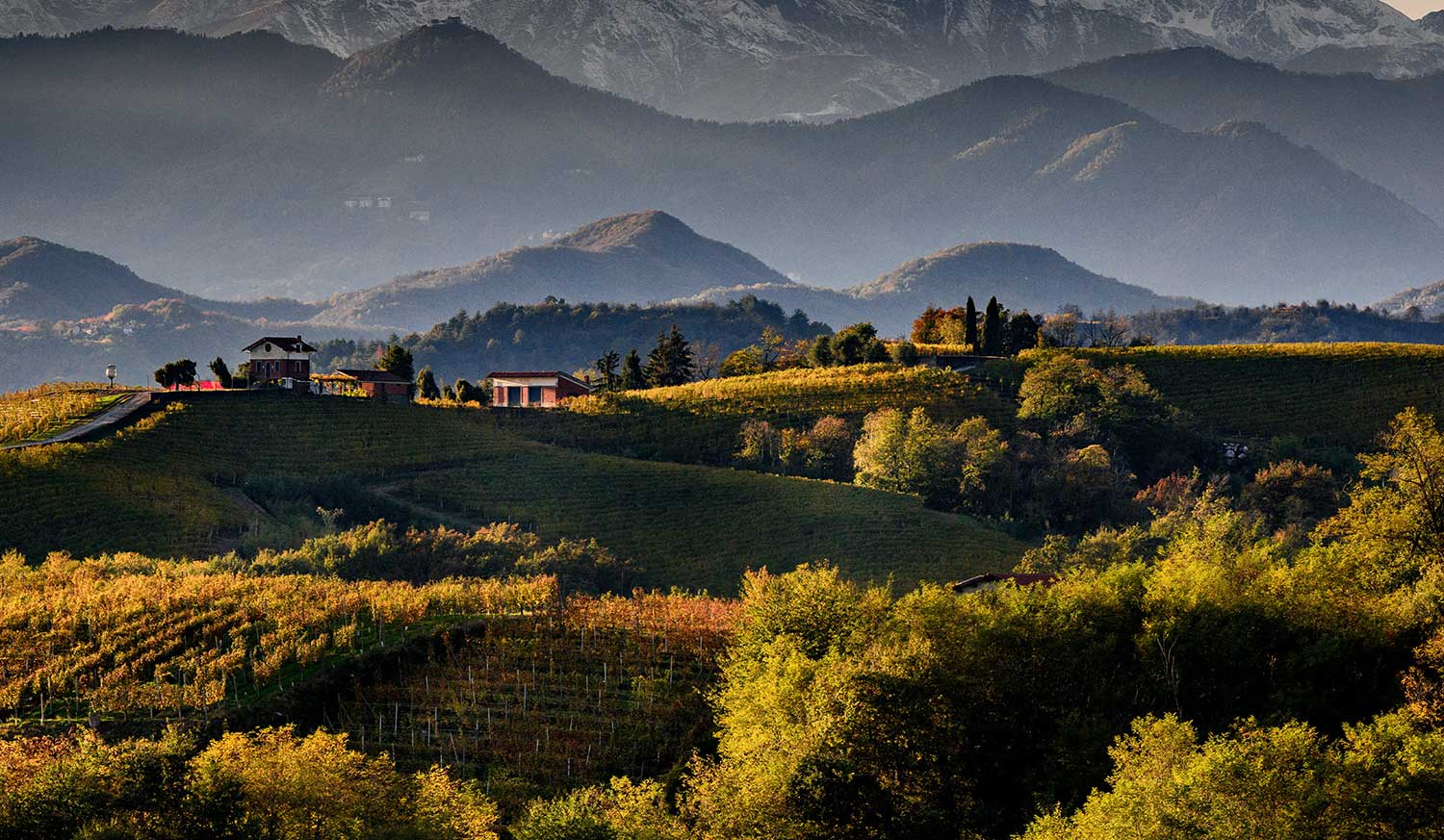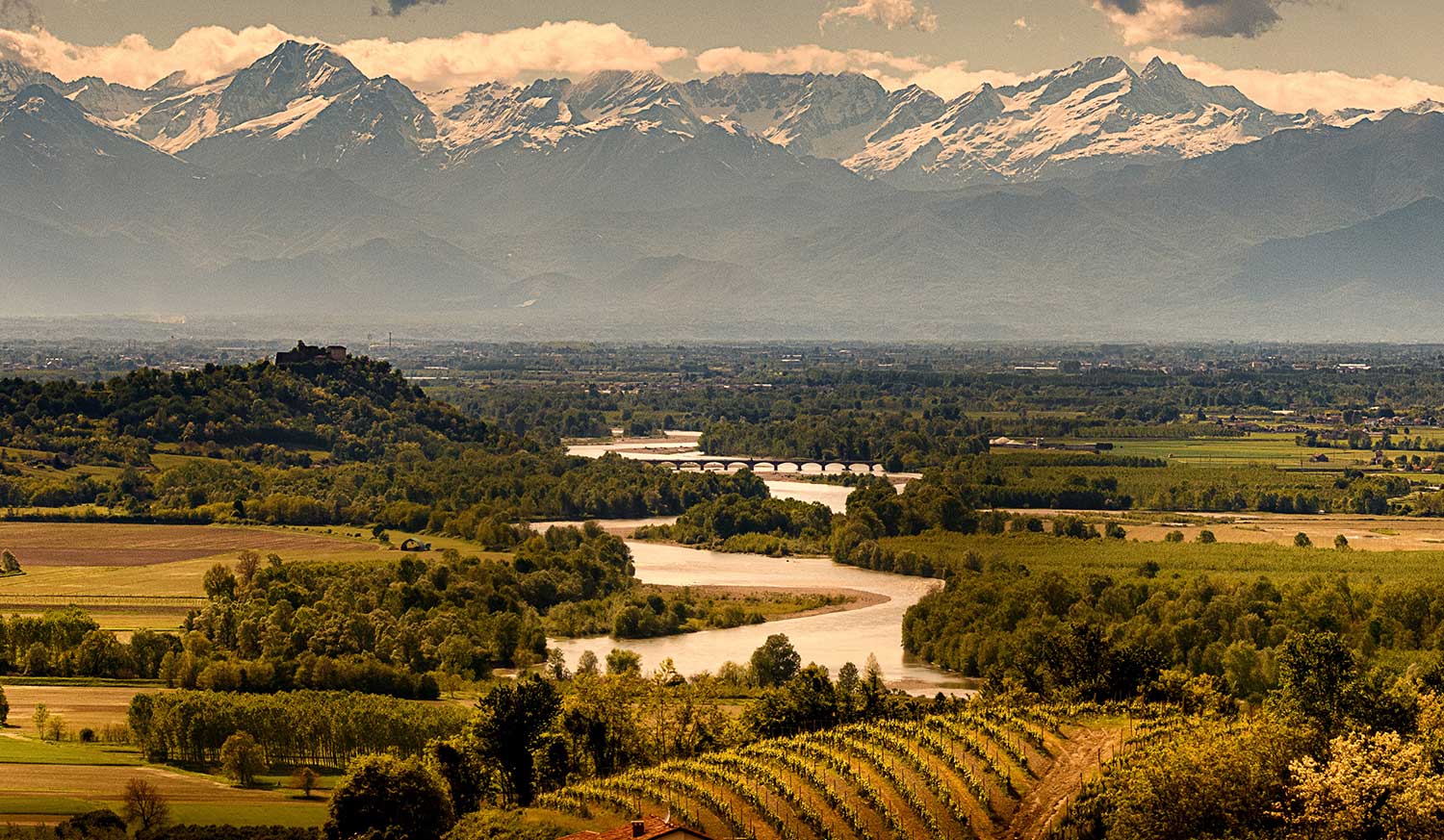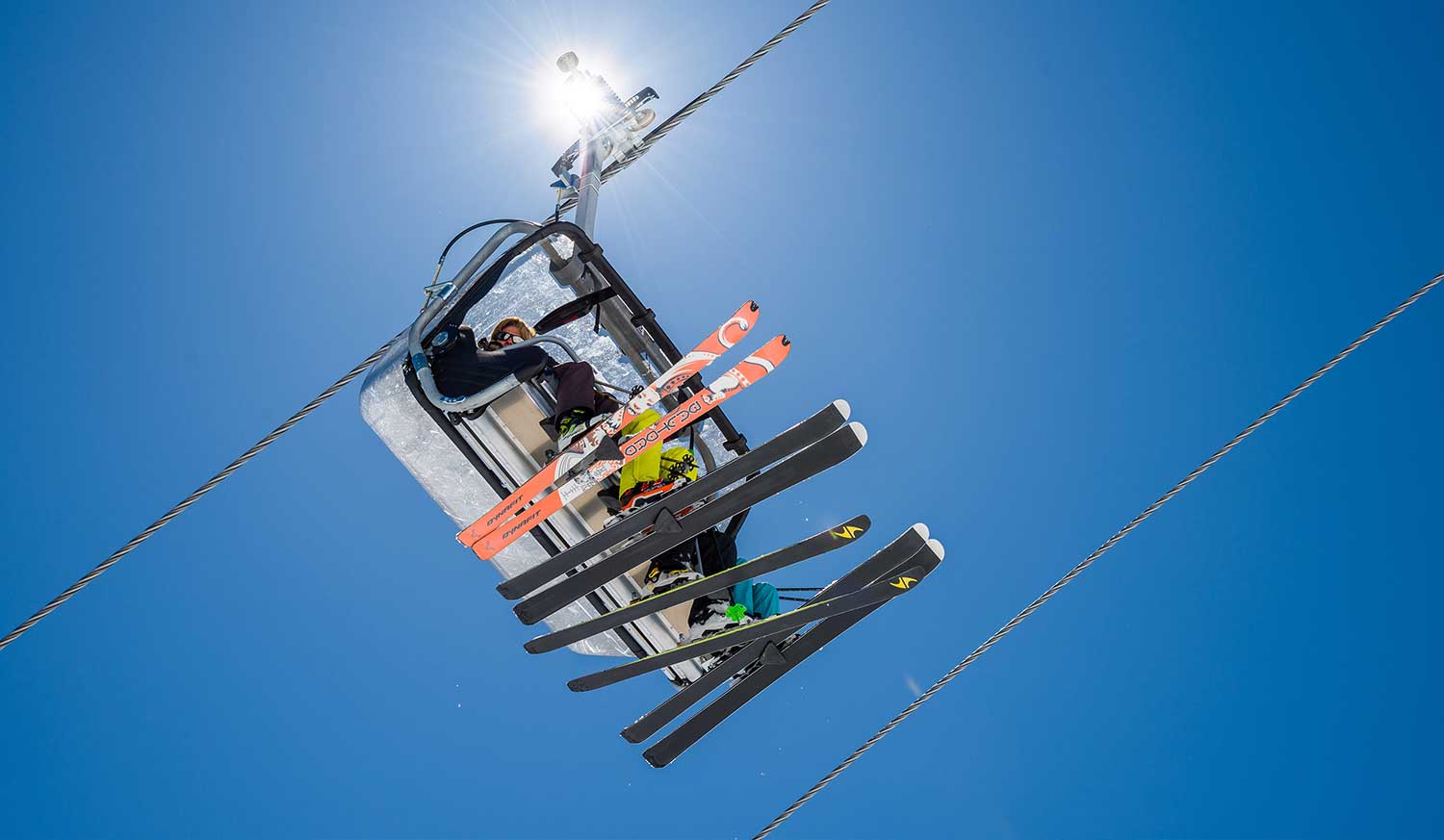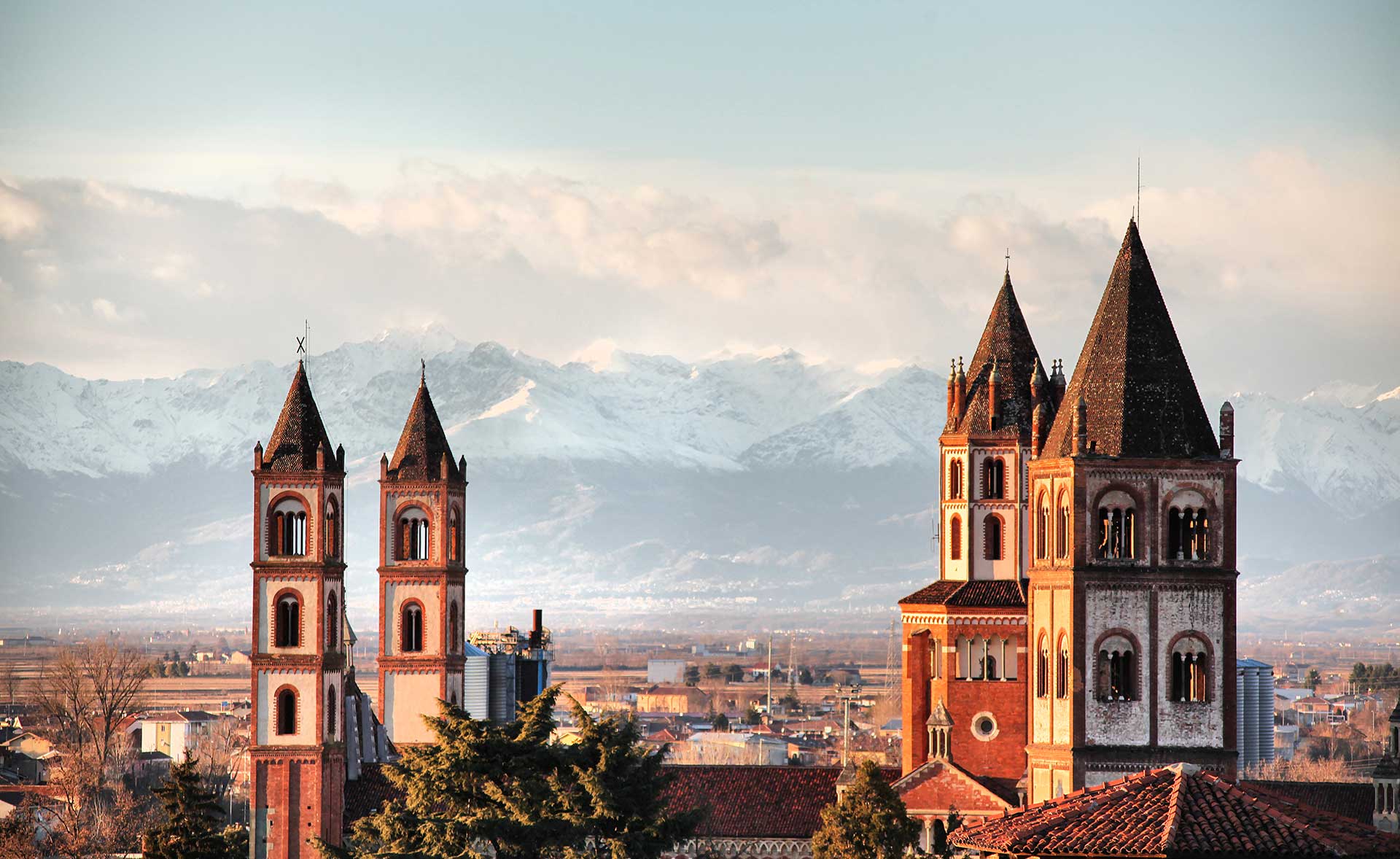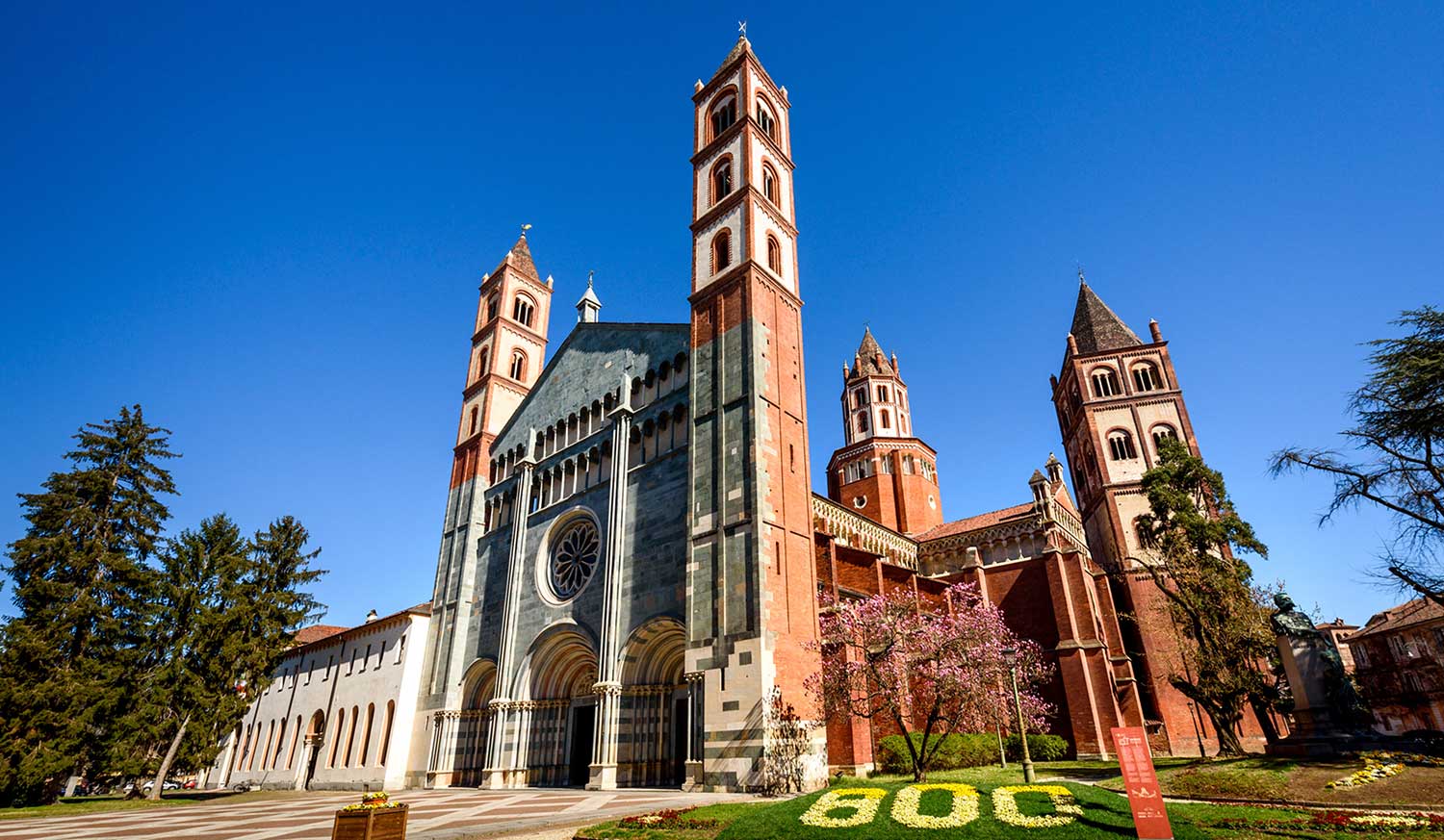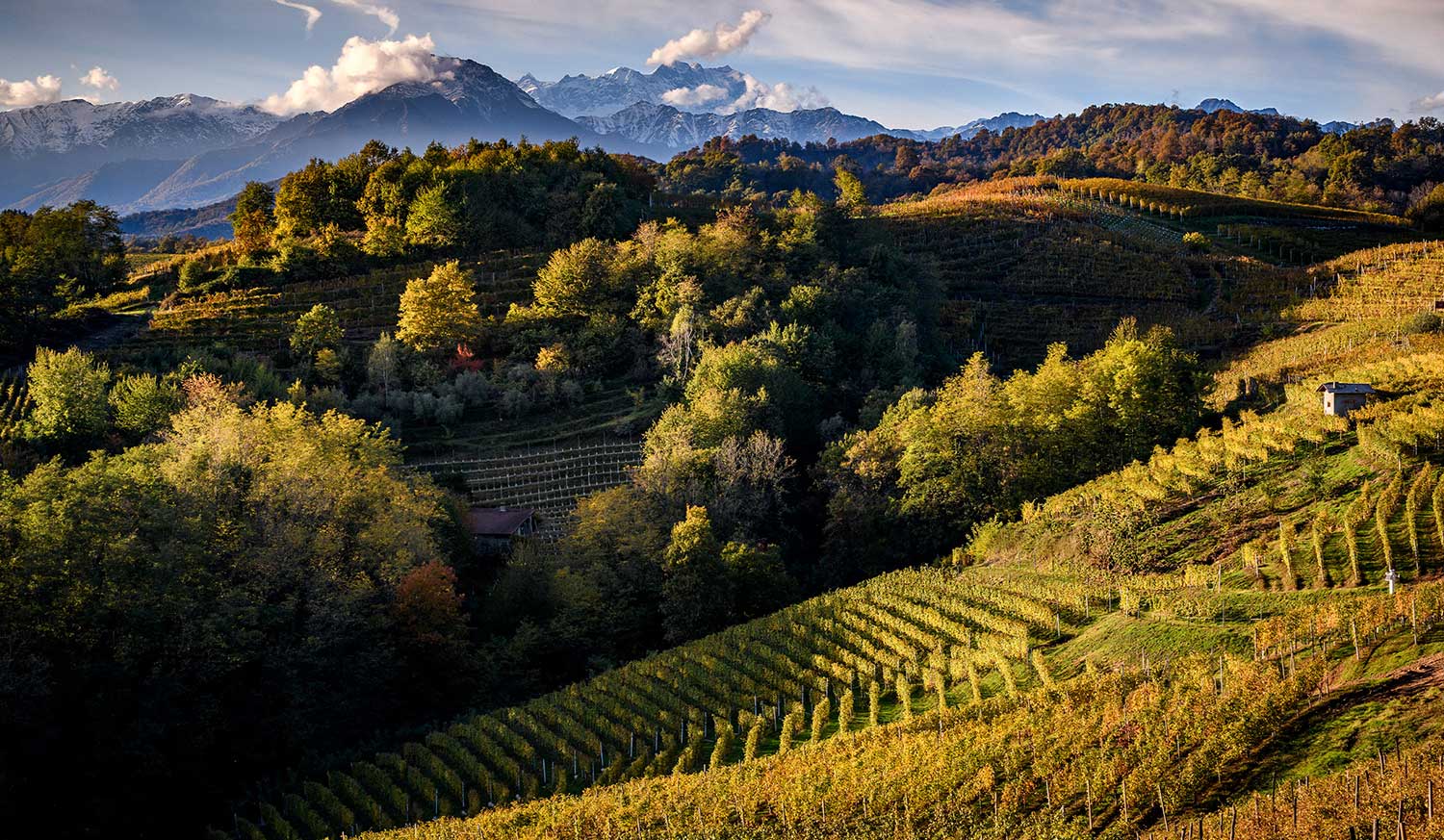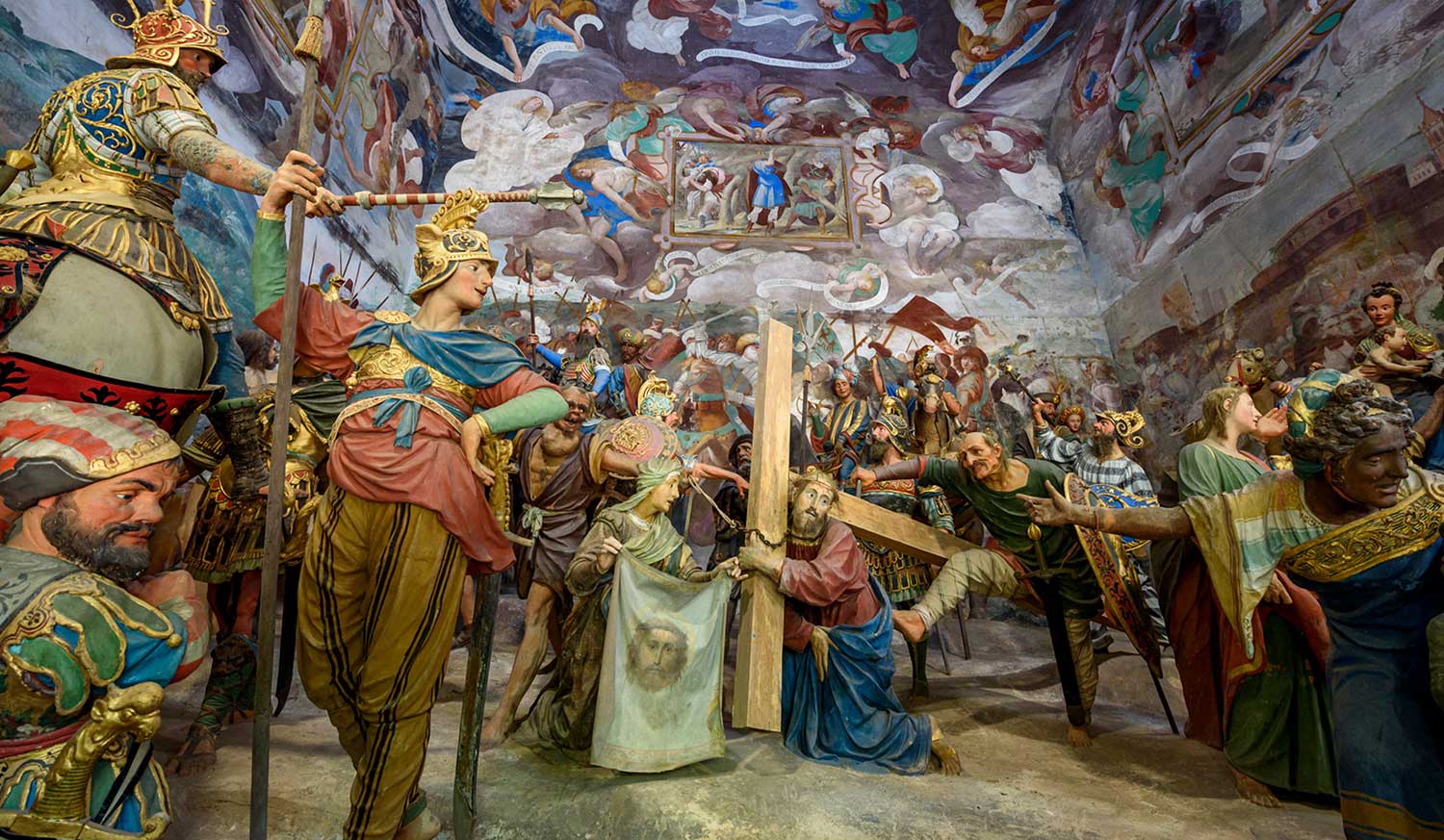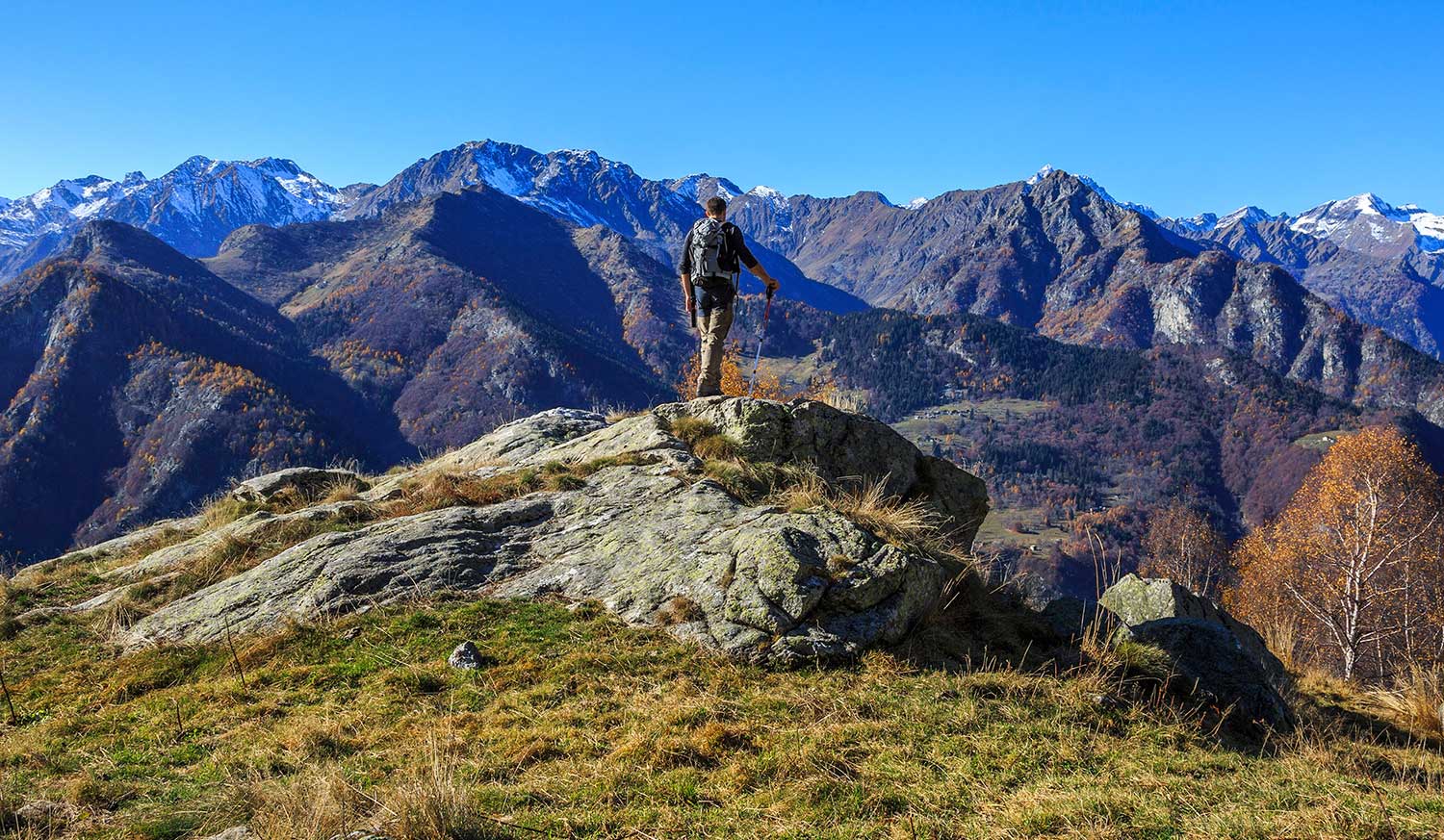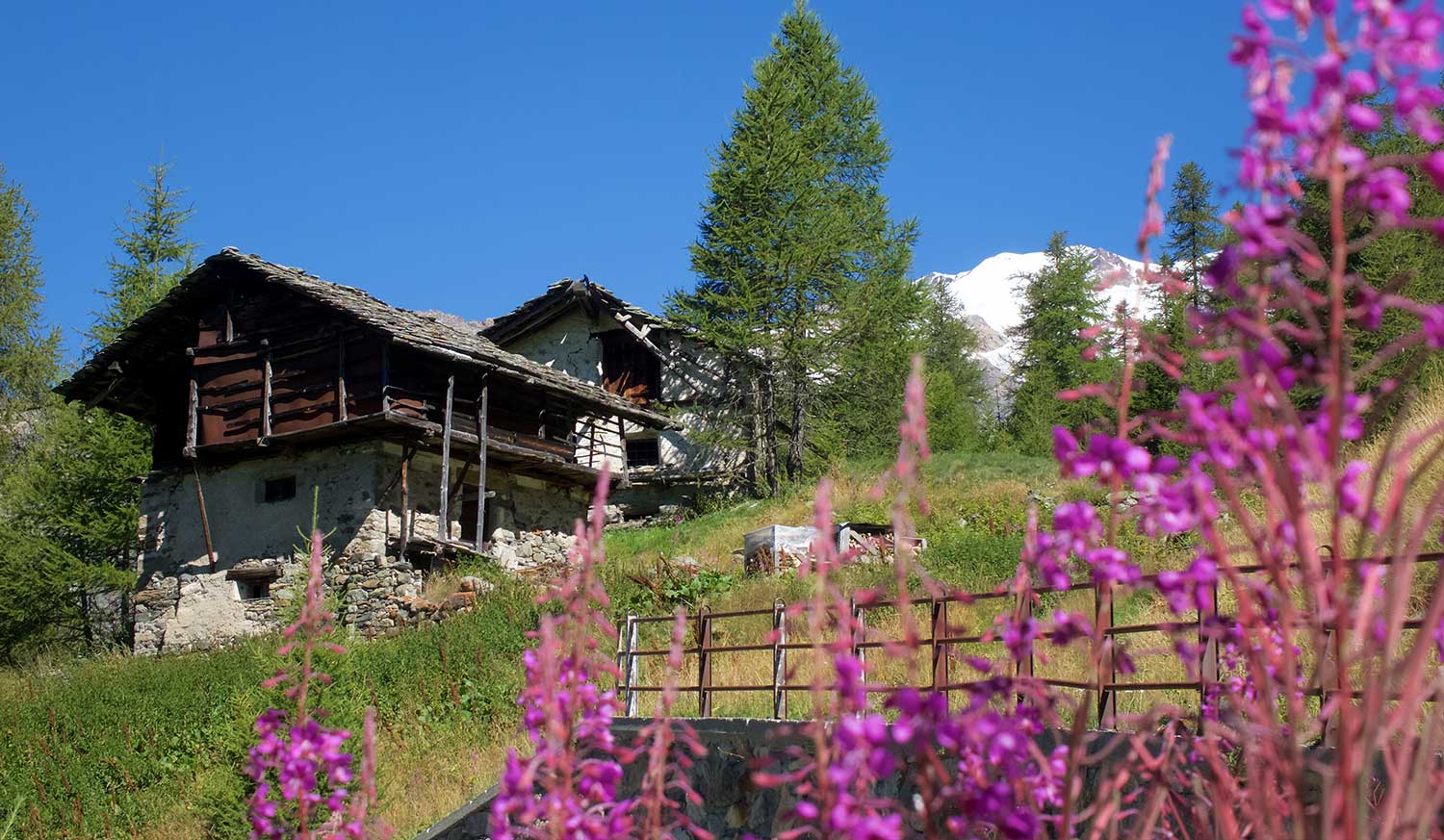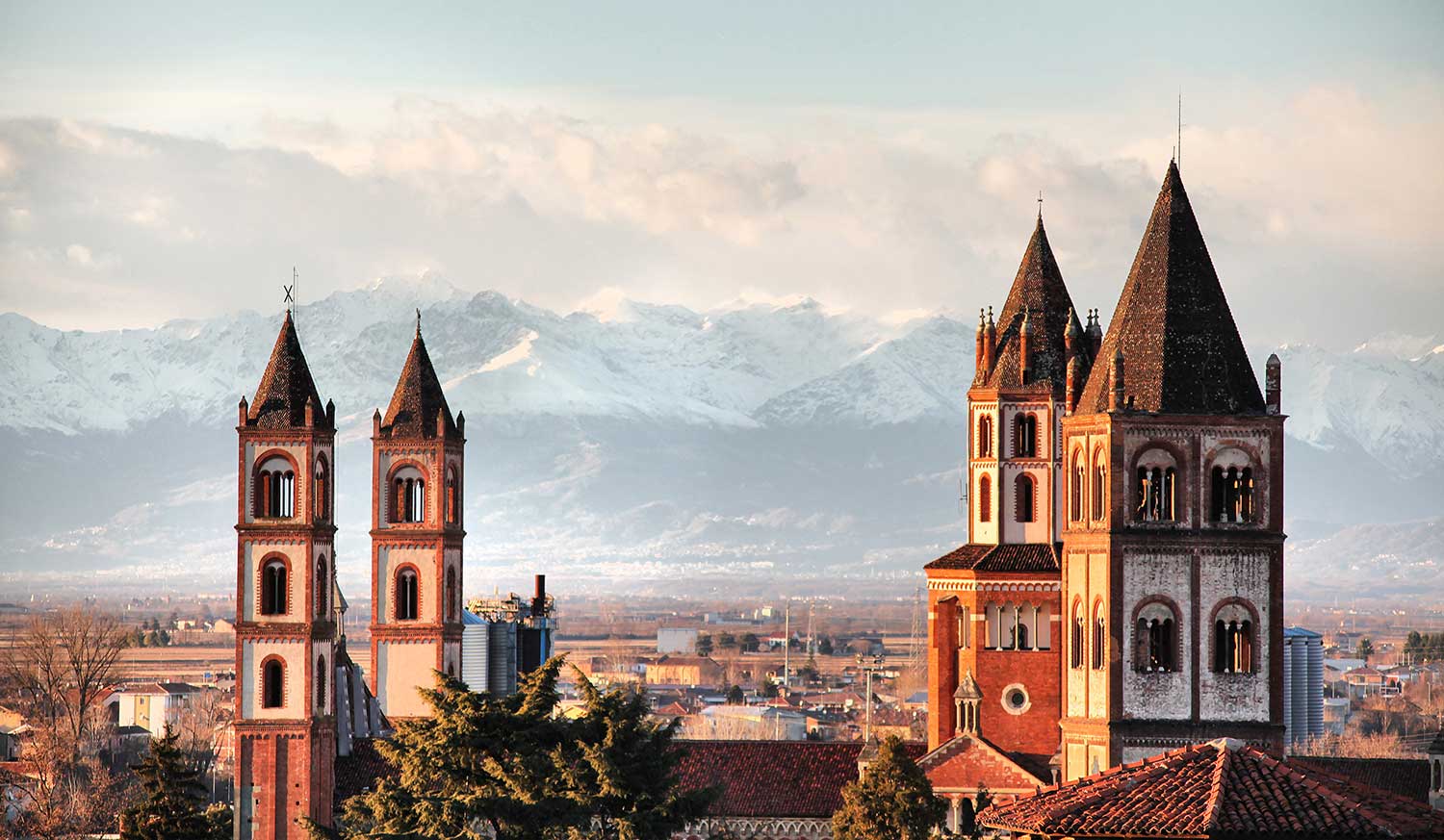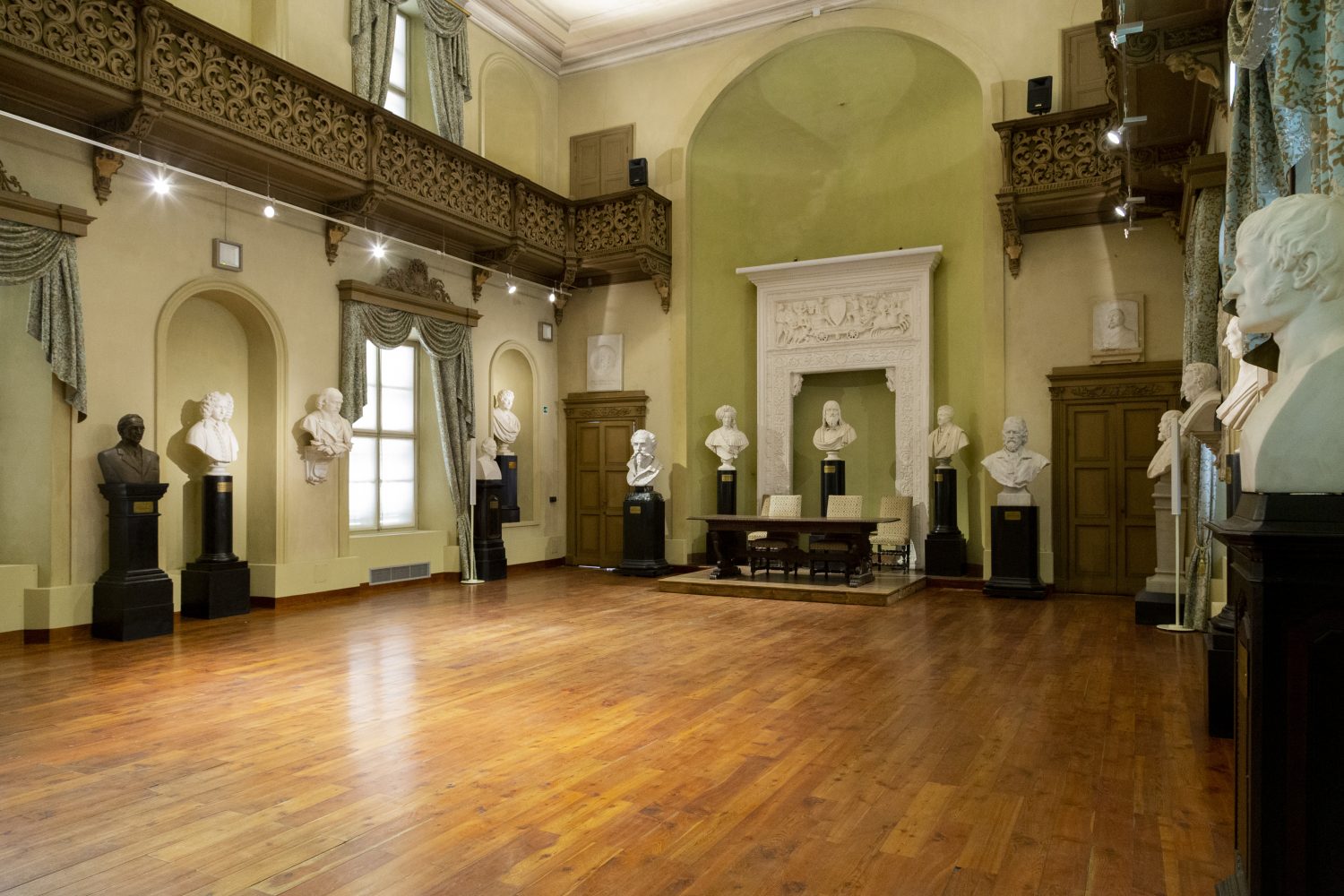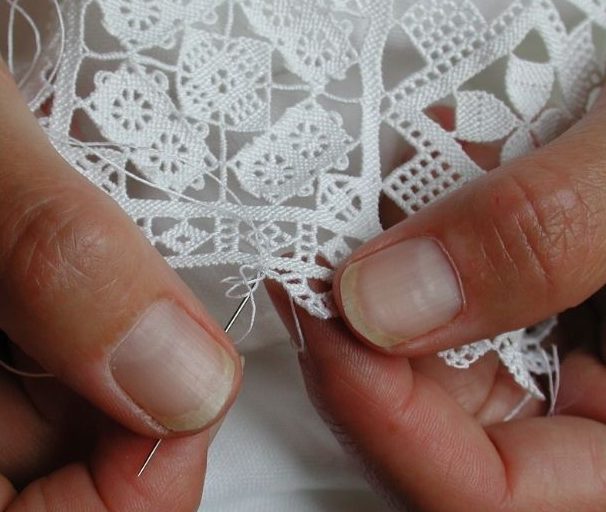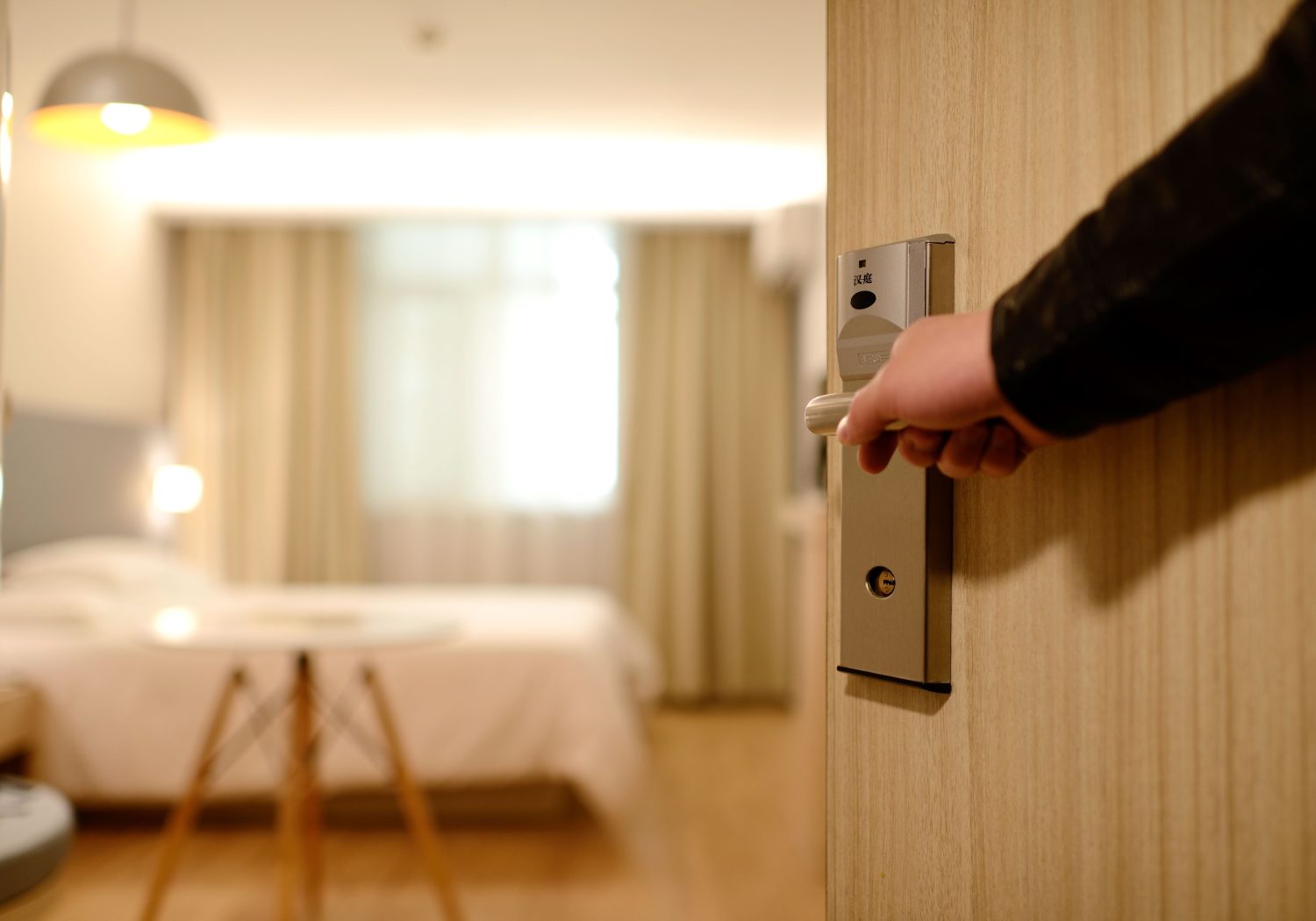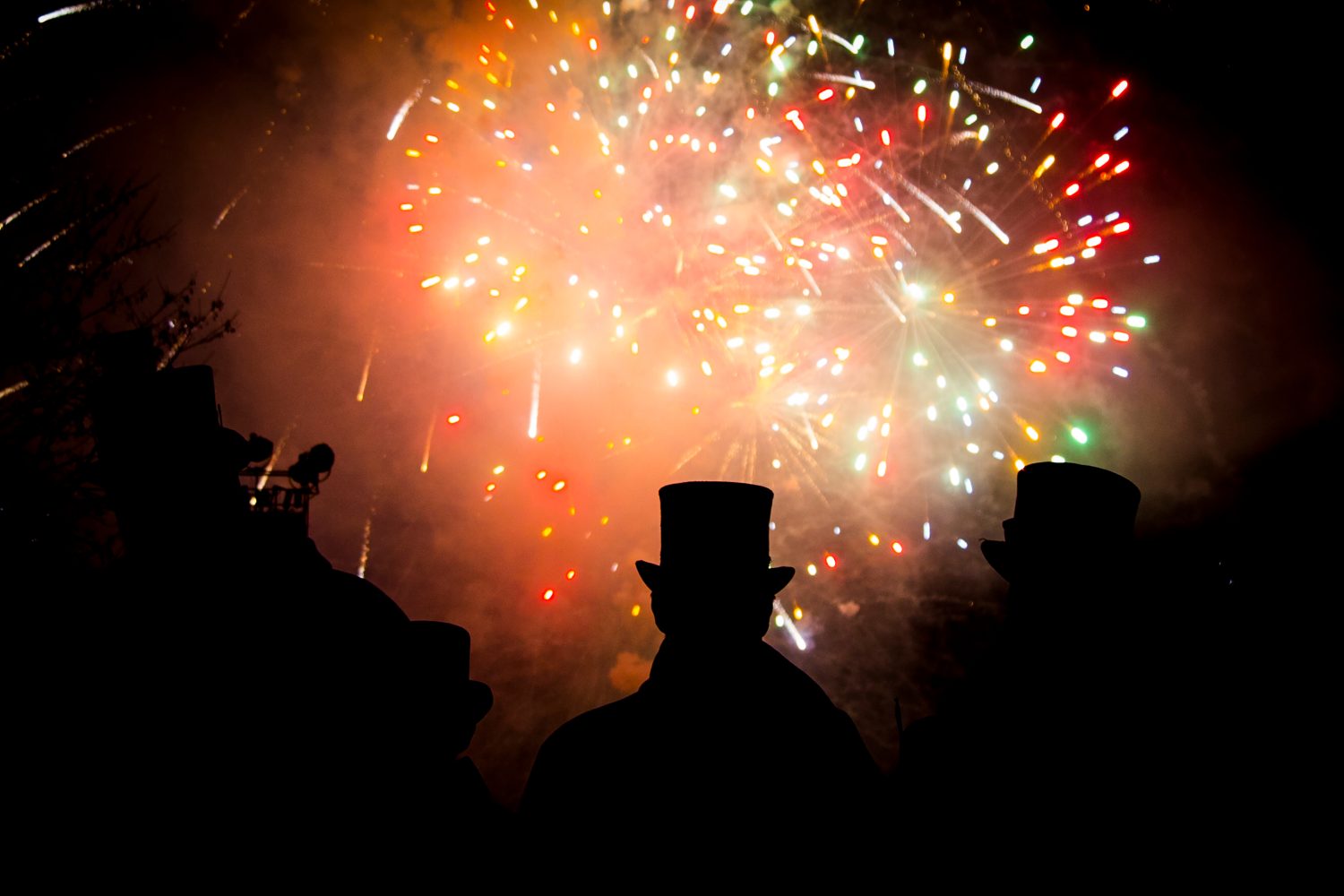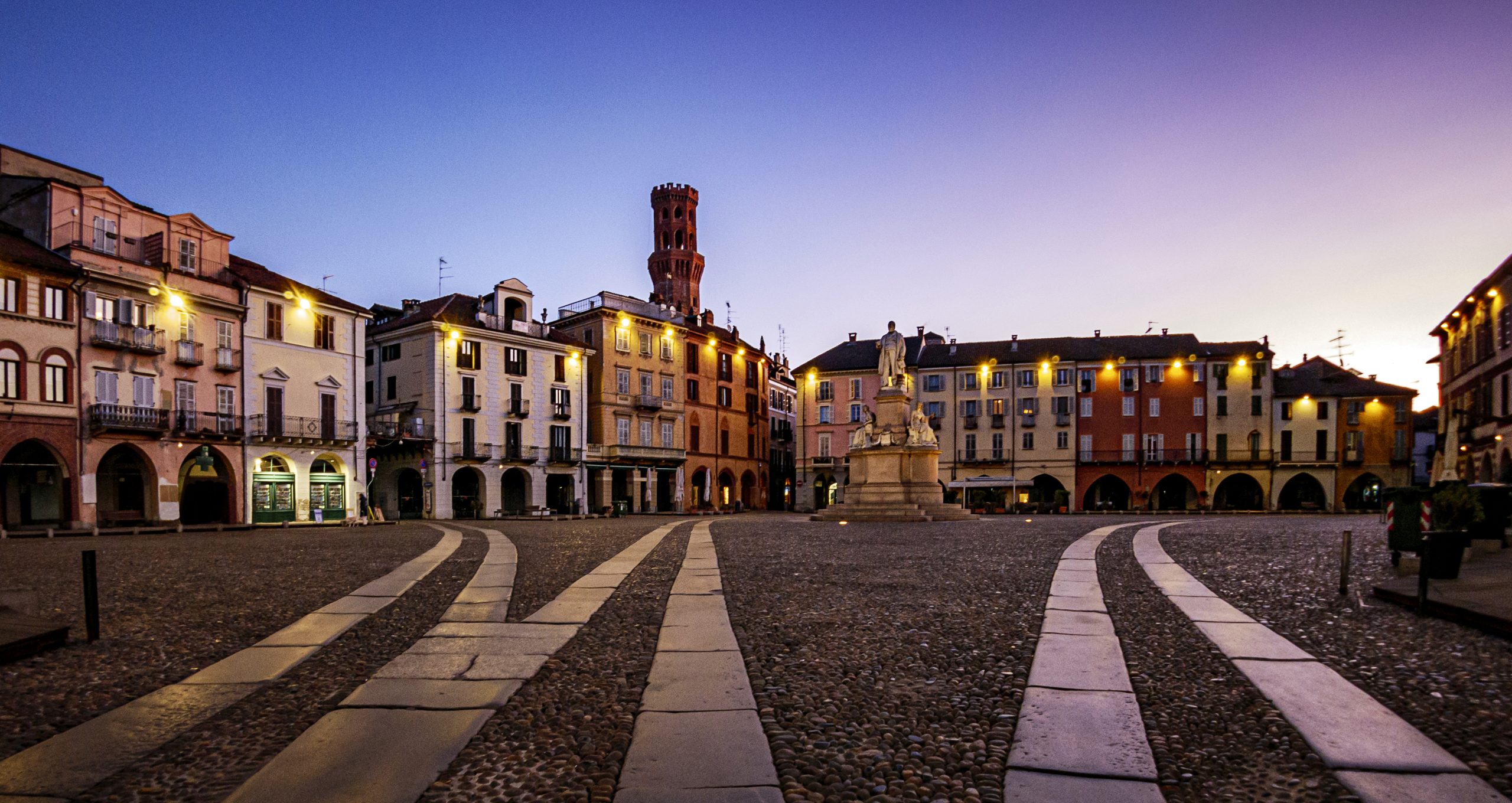
PIAZZA CAVOUR – vercelli
PIAZZA CAVOUR AND THE CITY TOWERS
Probably built on the site of the ancient Roman forum and known as “Piazza Maggiore” until 1864, Piazza Cavour is the city’s living room and the heart of life in Vercelli. The Square is dominated by the monument to Count Camillo Cavour, and reminders of the medieval past can be noticed in the pointed arch porticoes and the mighty Angel Tower, probably the remains of a fortified house.
The Angel Tower, built before the 13th century, was part of a larger construction that dominated what is now Cavour Square. It has a square base on which a late Gothic octagonal upper half is grafted, ending in storm drains. The terminal area dates back to 1875, when the crenellations were added at the top. It owes its name to the legend surrounding it, according to which a desperate and penniless man decided to throw himself off the Tower to end his life. Realising his mistake too late, he prayed intensely and an angel intervened to save him.
A few steps away, overlooking Broletto Square, once the seat of the Town Hall and now known as Piazza dei Pesci (Fish Square), stands the Civic Tower, austere and simple in its square shape, probably from the 12th century when it is presumed to have been built. Its origins, however, may be even more ancient. In the 13th century it was acquired by the municipality, which is why it is also known as the Municipal Tower. In 1377, a clock was installed on it, a real novelty for the time, along with three bells whose task, in addition to striking the hours, was to warn citizens in case of danger or extraordinary assemblies. At 38 m, it is the tallest of the noble towers. However, in the past it was much higher than 40 m. Towering above the tower was a spire more than 20 m high, which was unfortunately destroyed by lightning in 1821 and never rebuilt.
The Tizzoni Tower is located a short distance from Cavour Square and is part of the palace of the Ghibelline Tizzoni family, which dates back to the mid-15th century. This family has very ancient origins. It is even estimated that a Tizzoni became mayor in Vercelli as early as the 12th century. The Tizzoni, also on the Ghibelline side, were bitter enemies of the Avogadro, on the Guelph side.
The Avogadro Tower (also known as St. Mark’s Tower) was erected by the Avogadro family during the 13th century probably for defensive purposes. In later times, the tower was incorporated into the group of the nearby Church of St Mark, serving as a bell tower. This brick tower stands on Via Verdi and features an octagonal floor plan.
HIGHLIGHTS AND MUST-SEE places
Art and culture, ancient traditions, excellent food and wine, and countless outdoor activities.
